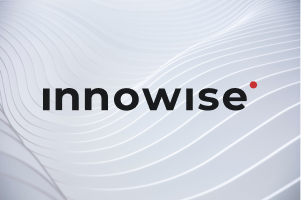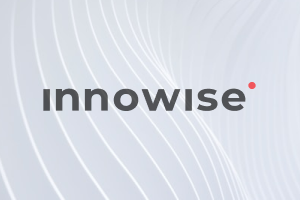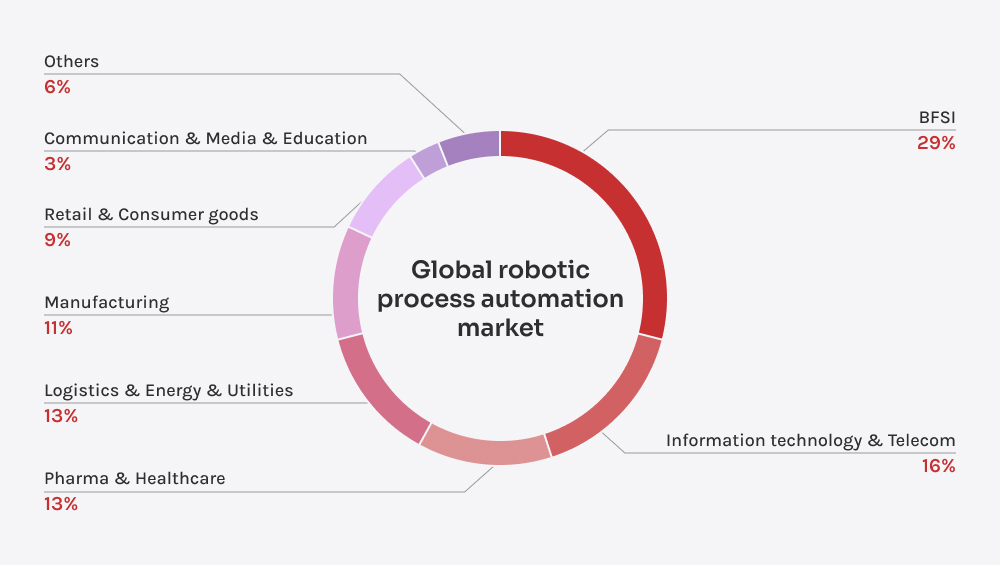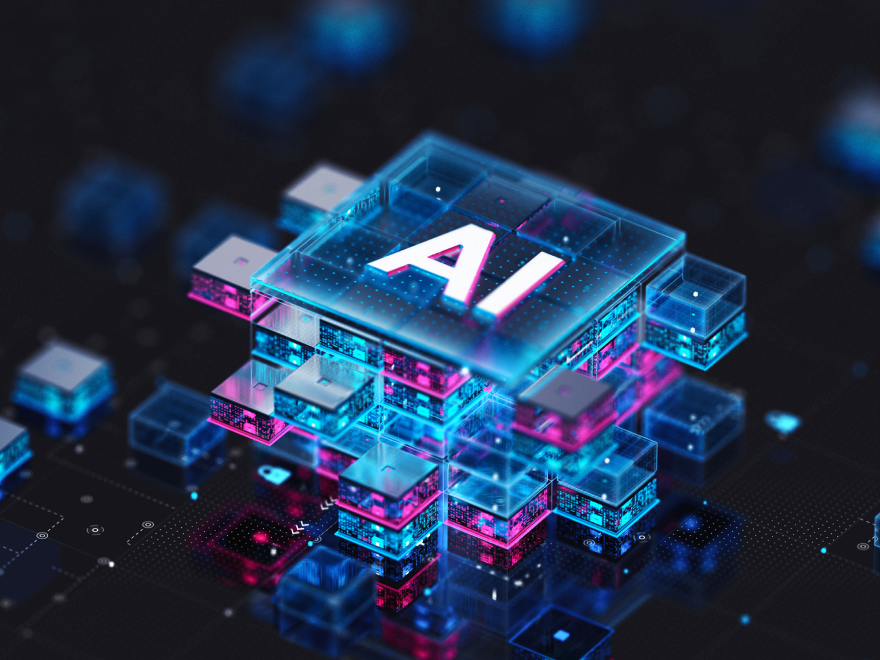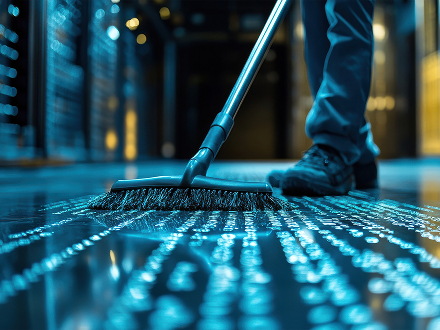Unternehmen setzen RPA vor allem ein, um mühsame manuelle Aufgaben zu reduzieren, Kosten zu sparen und Mitarbeitern die Möglichkeit zu geben, sich auf das Wesentliche zu konzentrieren. Es geht darum, intelligenter, schneller und einfacher zu arbeiten. Darüber hinaus reduziert RPA Fehler, steigert die Produktivität und lässt sich problemlos mit dem Unternehmenswachstum skalieren. Das macht es zu einer idealen Lösung für Unternehmen, die wettbewerbsfähig bleiben wollen.
Ihre Nachricht wurde gesendet.
Wir werden Ihre Anfrage bearbeiten und uns so schnell wie möglich mit Ihnen in Verbindung setzen.
